Want to enhance your chest workout? Dumbbell flyes can help. Learn their benefits, how to do them, and ways to mix up your routine.
Key Takeaways
-
Dumbbell flyes enhance upper body strength by targeting the chest, shoulders, and triceps while promoting flexibility and joint health through an increased range of motion.
-
Proper technique, including maintaining a slight bend in the elbows and engaging the shoulder blades, is essential for safety and muscle engagement during dumbbell flyes.
-
Integrating various flye adaptations, such as incline and decline versions, diversifies workouts and ensures comprehensive chest development while avoiding common mistakes that can lead to injury.
The Benefits of Dumbbell Flyes

Dumbbell flyes serve as a comprehensive upper body workout, targeting the chest, shoulders, and triceps for well-rounded strength development. Focusing on these muscle groups allows for a greater muscle pump and hypertrophy, enhancing your overall physique.
A standout benefit of dumbbell flyes is the increased range of motion they provide. Unlike the chest press, flyes stretch and contract chest muscles dynamically, enhancing flexibility and mobility. This extended range of motion aids muscle development and prevents injuries by improving joint health and function.
Additionally, dumbbell flyes promote a more defined and fuller chest appearance by effectively targeting the pectoral muscles. When combined with deltoid and tricep strengthening, dumbbell flyes significantly enhance upper body strength and appearance.
Proper Technique for Dumbbell Flyes

Proper technique is crucial for reaping the benefits of the dumbbell fly and avoiding injuries. Begin by lying flat on a bench, holding a dumbbell in each hand above your chest. Align your arms with your shoulders to create a stable, controlled starting position, ensuring you target the right muscle groups without unnecessary strain on your joints.
Keep your elbows slightly bent throughout the fly to reduce shoulder joint strain, making the exercise safer and more effective. Beginners should use lighter weights to achieve a full range of motion safely, focusing on control and proper form rather than heavy lifting.
Using an incline bench or performing flyes on the floor can minimize injury risk by providing additional support and stability, aiding in proper form maintenance during exercises.
Engage the rhomboids and trapezius to maintain good posture during the exercise. Retracting the shoulder blades supports proper form and enhances overall upper body strength and performance.
Squeezing at the Top
Maximizing muscle growth during dumbbell flyes involves squeezing the pectoral muscles when the arms come together at the top of the movement. This squeeze fully engages the chest muscles for a more intense workout. Pausing for about a second at the top enhances effectiveness.
Avoid clanking the dumbbells together at the peak to maintain controlled contraction and maximize the exercise’s benefit. Focus on bringing your arms together and squeezing the pectoral muscles for maximum engagement.
This controlled movement enables focused muscle contraction, leading to better muscle development through pressing movements.
Avoid Overstretching
Overstretching during dumbbell flyes can lead to serious injuries. Lower the dumbbells in a controlled manner until you feel a stretch in your chest, but avoid overstretching. Exceeding the lower limit of arm movement can cause shoulder injuries due to hyperextension; maintain a safe range of motion.
Performing dumbbell flyes on a flat bench can increase shoulder injury risk due to the lack of arm support. Using an incline bench or performing the exercise on the floor provides additional stability. Maintaining a slight bend in the elbows at the lowest point prevents shoulder strain and ensures control.
Controlled movements are key to effective and safe dumbbell flyes. Focus on a controlled descent and avoid overstretching to target the chest muscles effectively while minimizing injury risk. This approach aids in muscle building and maintains overall joint health and flexibility.
Maintain Shoulder Blade Position
Correct shoulder blade positioning during dumbbell flyes is crucial for effectiveness and safety. Regular flyes can improve shoulder posture through scapular retraction. Improving scapular retraction enhances posture and shoulder stability, benefiting both lifting and daily activities.
Pulling the shoulder blades back and down during the exercise enhances joint stability and reduces injury risk. Proper shoulder blade positioning enhances chest muscle engagement, making workouts more effective. Rolling your shoulders forward can flatten the chest and diminish muscle engagement; keep your shoulders retracted and the chest elevated.
Maintaining a tight squeeze of the shoulder blades throughout the movement enhances shoulder stability and emphasizes chest activation at the end of the rep. This technique aids in better muscle engagement and prevents injuries by stabilizing the shoulder joint.
Integrating Dumbbell Flyes into Your Routine

Incorporating dumbbell flyes into your routine can significantly enhance chest development. Incorporate variations such as cable flyes, machine flyes, and resistance band flyes for a comprehensive chest workout. These variations offer different angles and tension, ensuring a thorough chest workout.
Cable flyes offer a controlled path, suitable for beginners, ensuring consistent tension throughout the movement. Machine flyes provide a fixed path, aiding in learning proper form and potentially allowing for heavier lifting. Resistance bands provide consistent tension during flyes, enhancing muscle engagement.
Incorporating these variations targets different chest areas and maintains workout diversity. This approach prevents monotony and ensures comprehensive chest development, making workouts more effective and enjoyable.
Common Mistakes and How to Fix Them
Avoiding common mistakes maximizes the effectiveness of dumbbell flyes and prevents injuries. Lifting too heavy weights can compromise form and the effectiveness of the exercise. Choose an appropriate weight that allows control throughout the movement to avoid this mistake.
Allowing the elbows to rise above shoulder height increases injury risk. Keeping the elbows slightly lower ensures safety and effectiveness. Do not lower the dumbbells excessively; keeping elbows aligned with the torso prevents overstretching and potential injuries.
Engaging a spotter during dumbbell flyes enhances safety by ensuring proper form and providing assistance in case of muscle failure. Proper form requires gradually straightening the arms towards the top of the lift for optimal chest muscle engagement. Identifying and correcting these common mistakes enhances workout results and maintains safety.
Variations of Dumbbell Flyes

Exploring different dumbbell flye variations keeps workouts fresh and effectively targets different muscle groups. The incline dumbbell flye focuses on the upper pectoral muscles, enhancing their development. This variation is excellent for building a well-rounded chest.
The decline dumbbell flye targets the lower pecs and may allow for handling heavier weights. This variation adds intensity and helps develop a fuller lower chest.
Single-arm dumbbell flyes challenge core stability and correct muscular imbalances. This variation targets the chest muscles and engages the core, providing a more comprehensive workout. Incorporating these variations ensures balanced muscle development and keeps workouts interesting.
Summary
In summary, mastering dumbbell flyes can significantly enhance your chest workouts and overall upper body strength. By understanding the benefits, perfecting your technique, and avoiding common mistakes, you can maximize the effectiveness of this powerful exercise. Incorporating different variations into your routine ensures comprehensive chest development and keeps your workouts engaging.
Dumbbell flyes are more than just an exercise; they are a gateway to achieving a well-defined and strong upper body. So, take the time to master them, integrate them into your workouts, and watch as your strength and physique reach new heights. Remember, consistency and proper form are key to unlocking the full potential of dumbbell flyes.
Frequently Asked Questions
What are the main benefits of dumbbell flyes?
Dumbbell flyes primarily enhance upper body strength while effectively targeting the chest, shoulders, and triceps. They also contribute to an increased range of motion and improved muscle flexibility.
How should I position my arms during dumbbell flyes?
To maintain proper form during dumbbell flyes, keep your elbows slightly bent throughout the movement, which will help reduce strain on your joints. This positioning is essential for effective and safe execution of the exercise.
Why is it important to squeeze at the top of the fly?
Squeezing at the top of the fly is crucial as it maximizes engagement of the pectoral muscles, leading to enhanced muscle growth and a more effective workout. Prioritizing this technique ensures optimal results from your exercise routine.
How can I avoid overstretching during dumbbell flyes?
To avoid overstretching during dumbbell flyes, lower the dumbbells in a controlled manner until you feel a stretch in your chest, while maintaining a slight bend in your elbows to protect your shoulders. This approach ensures safety and effectiveness in your workout.
What are some effective variations of dumbbell flyes?
Effective variations of dumbbell flyes include incline flyes to target the upper pecs, decline flyes for the lower pecs, and single-arm flyes to enhance core stability and address strength imbalances. Each variation serves to diversify your workout and optimize muscle engagement.






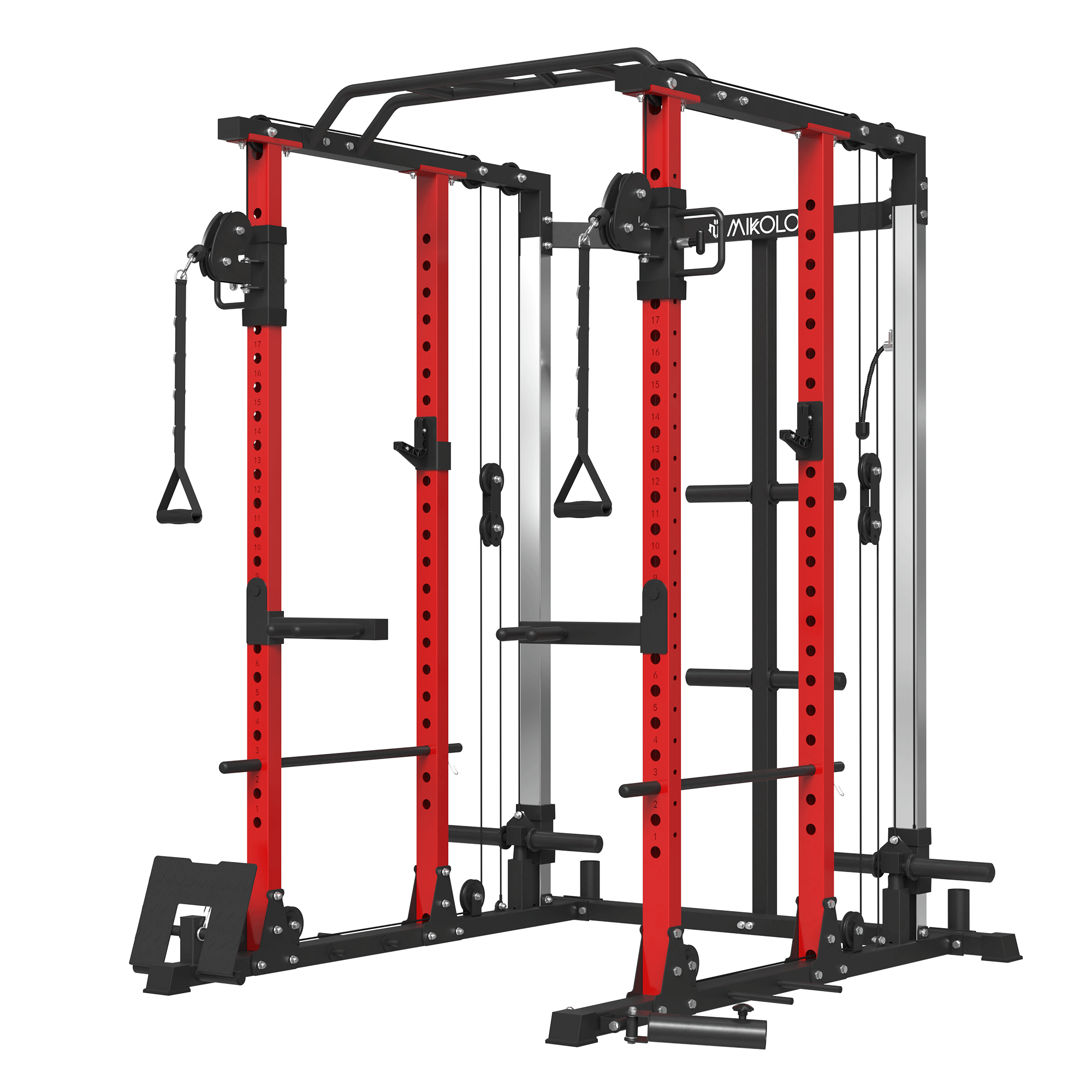

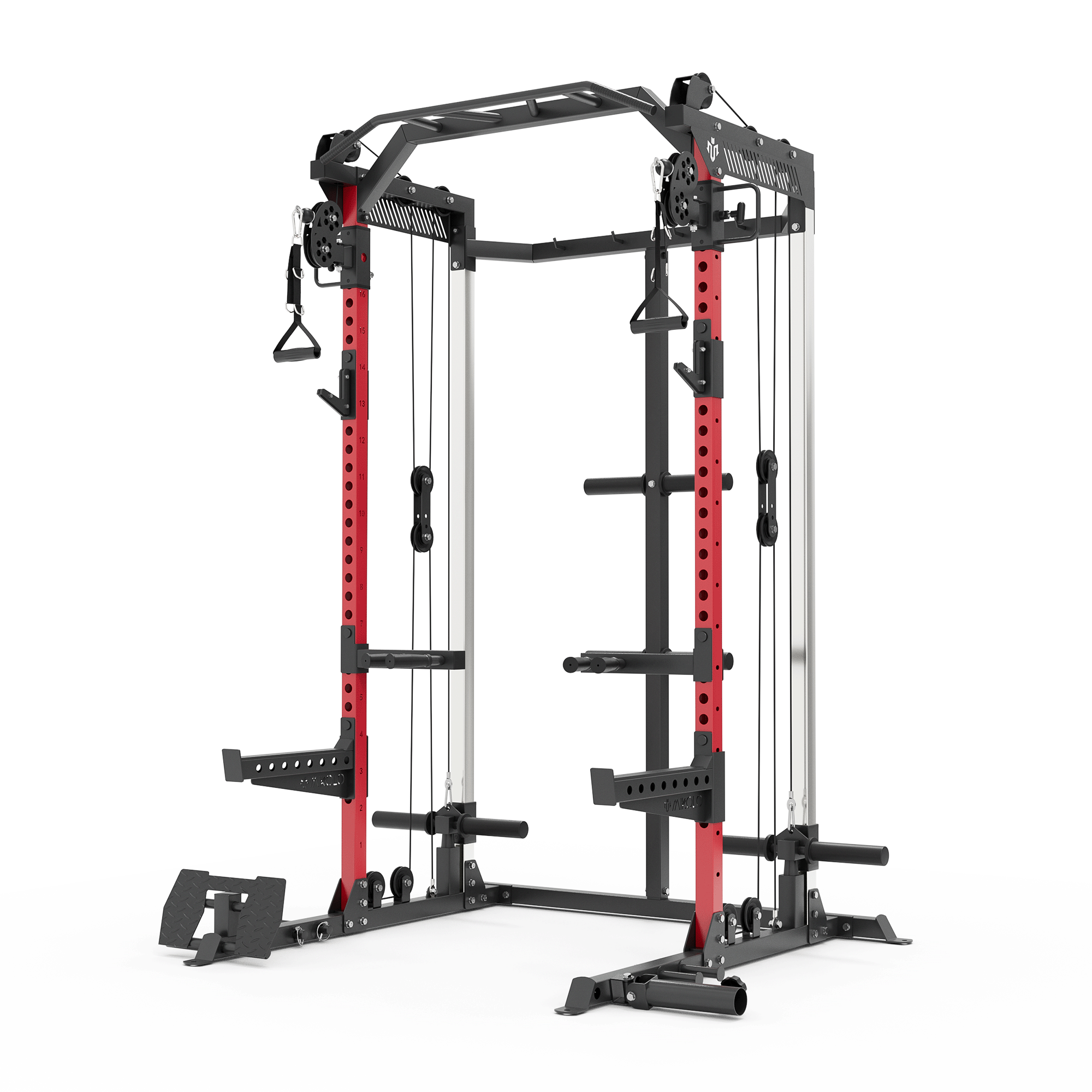

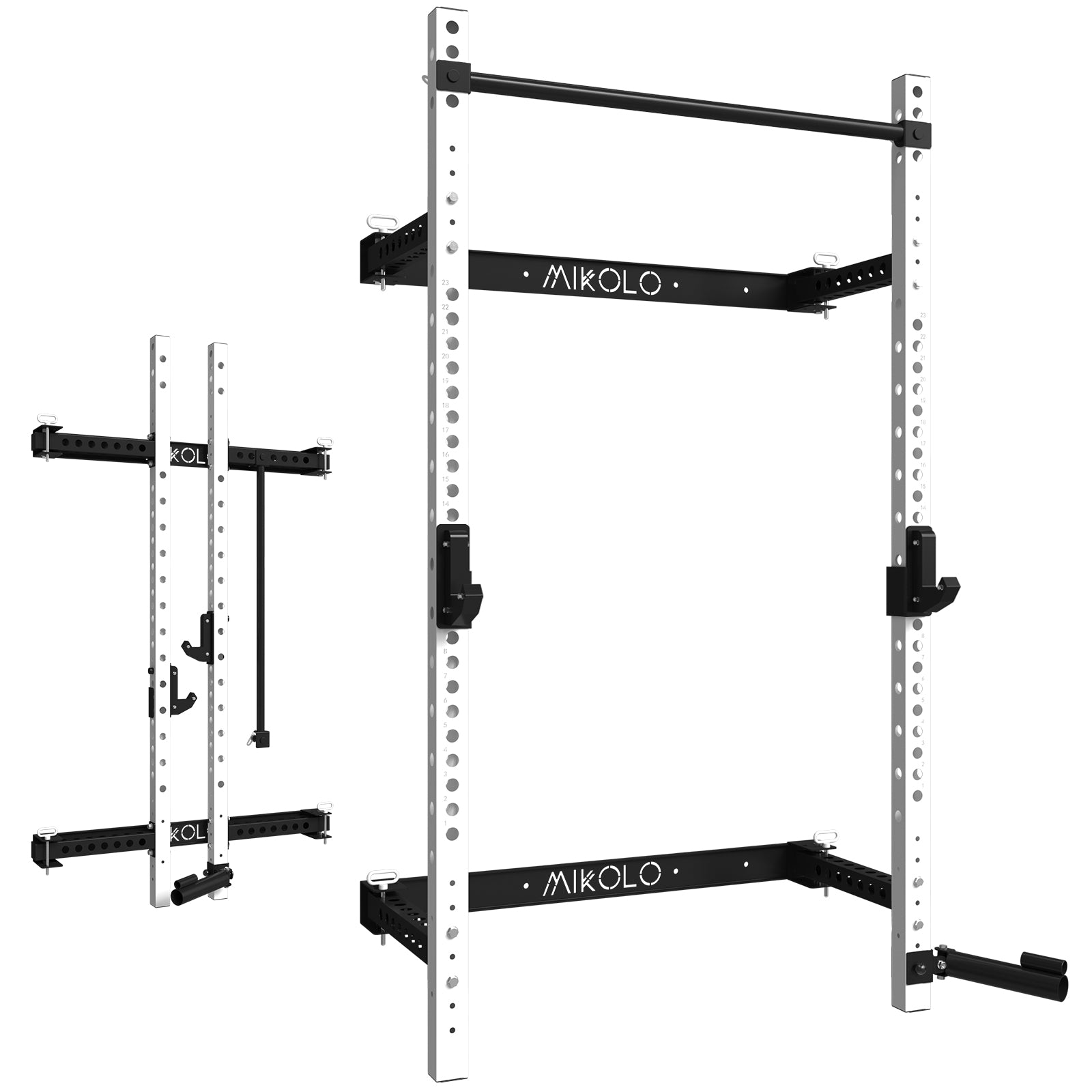




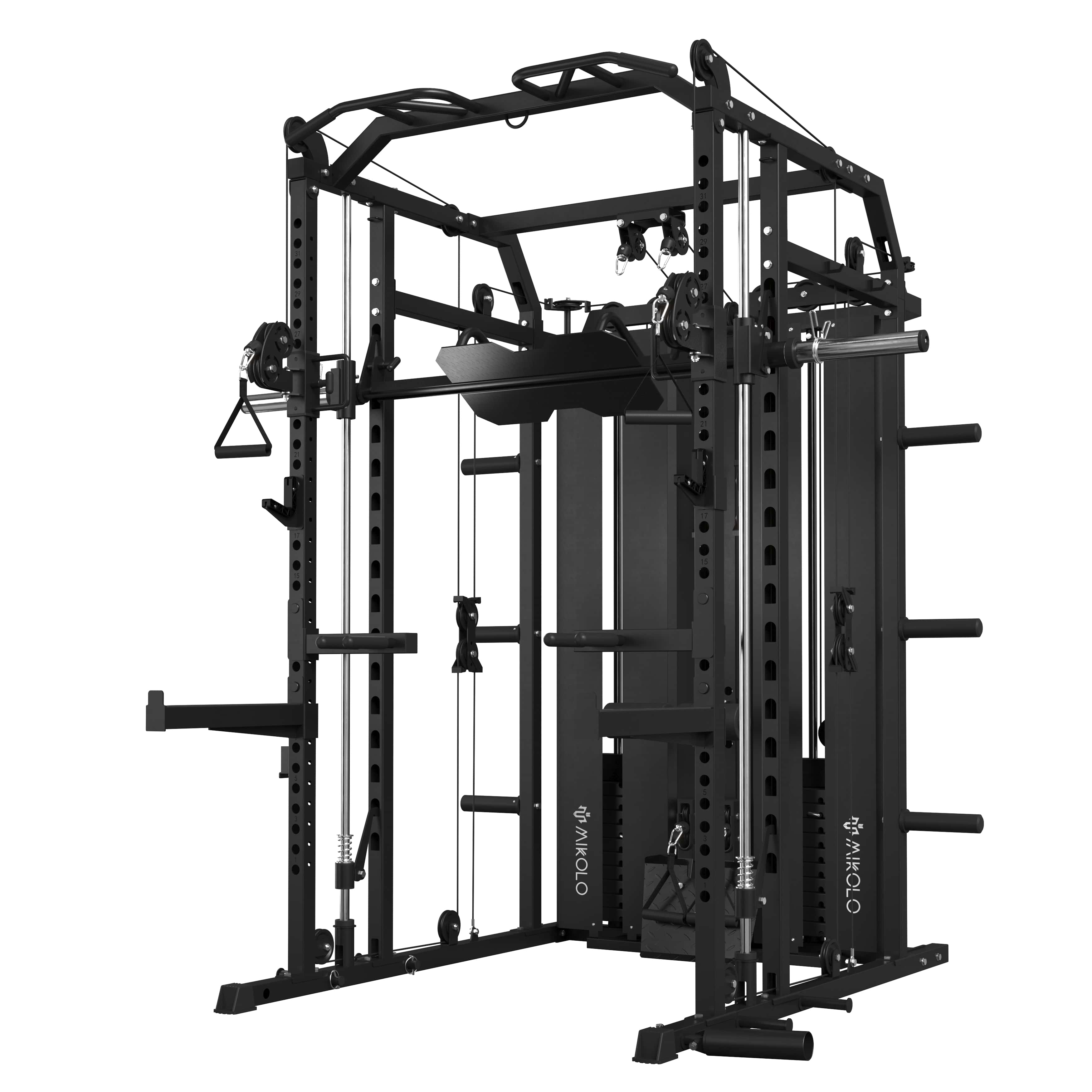




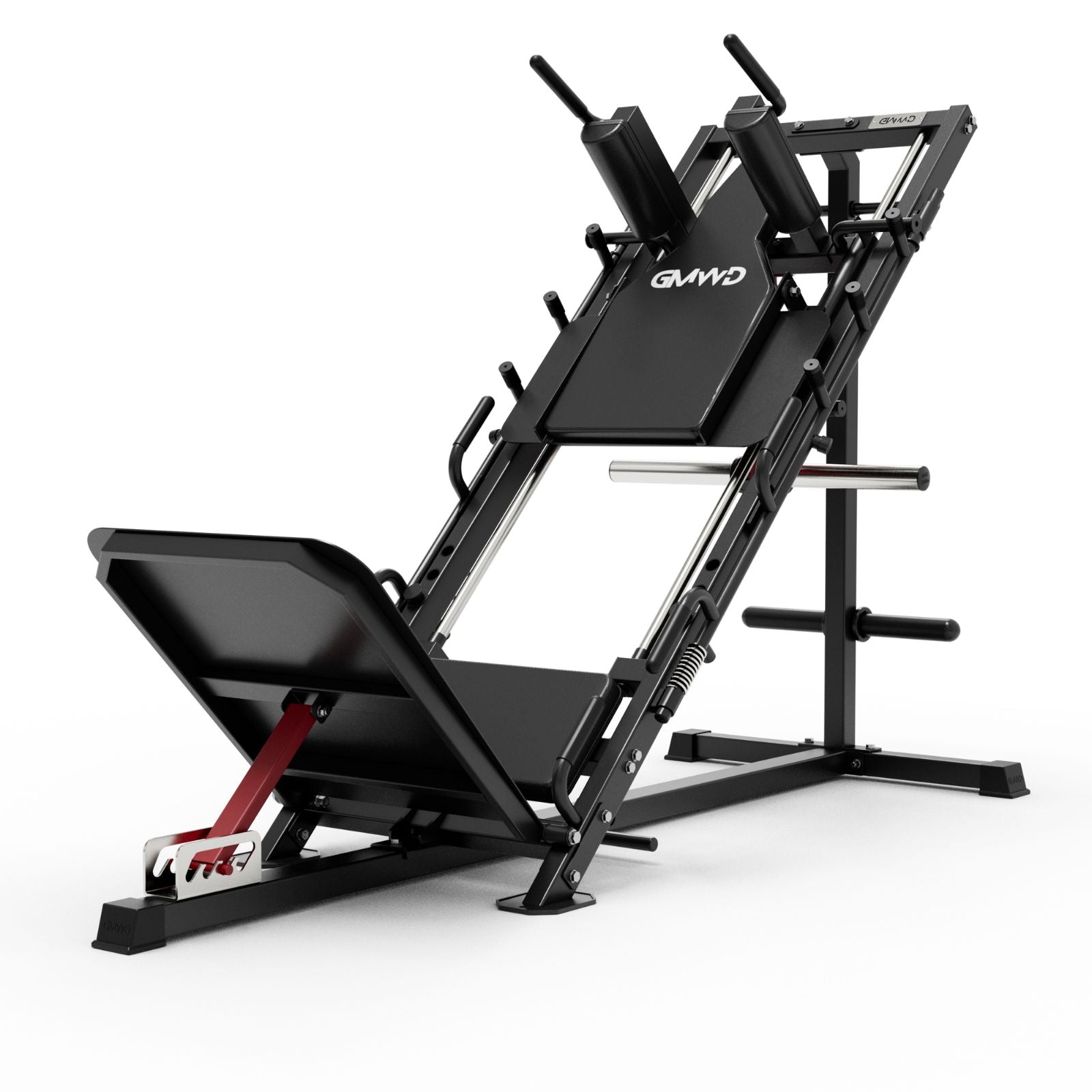


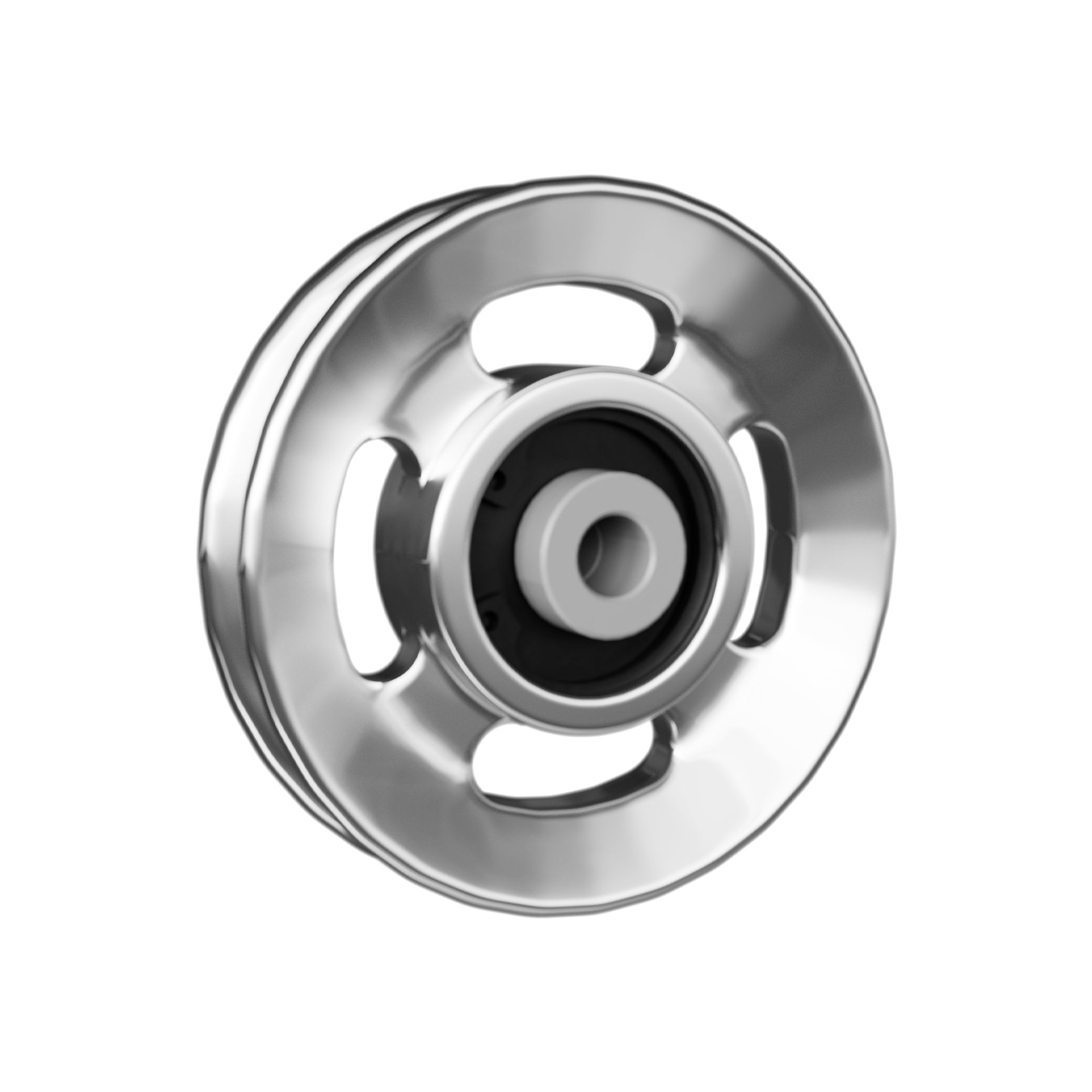

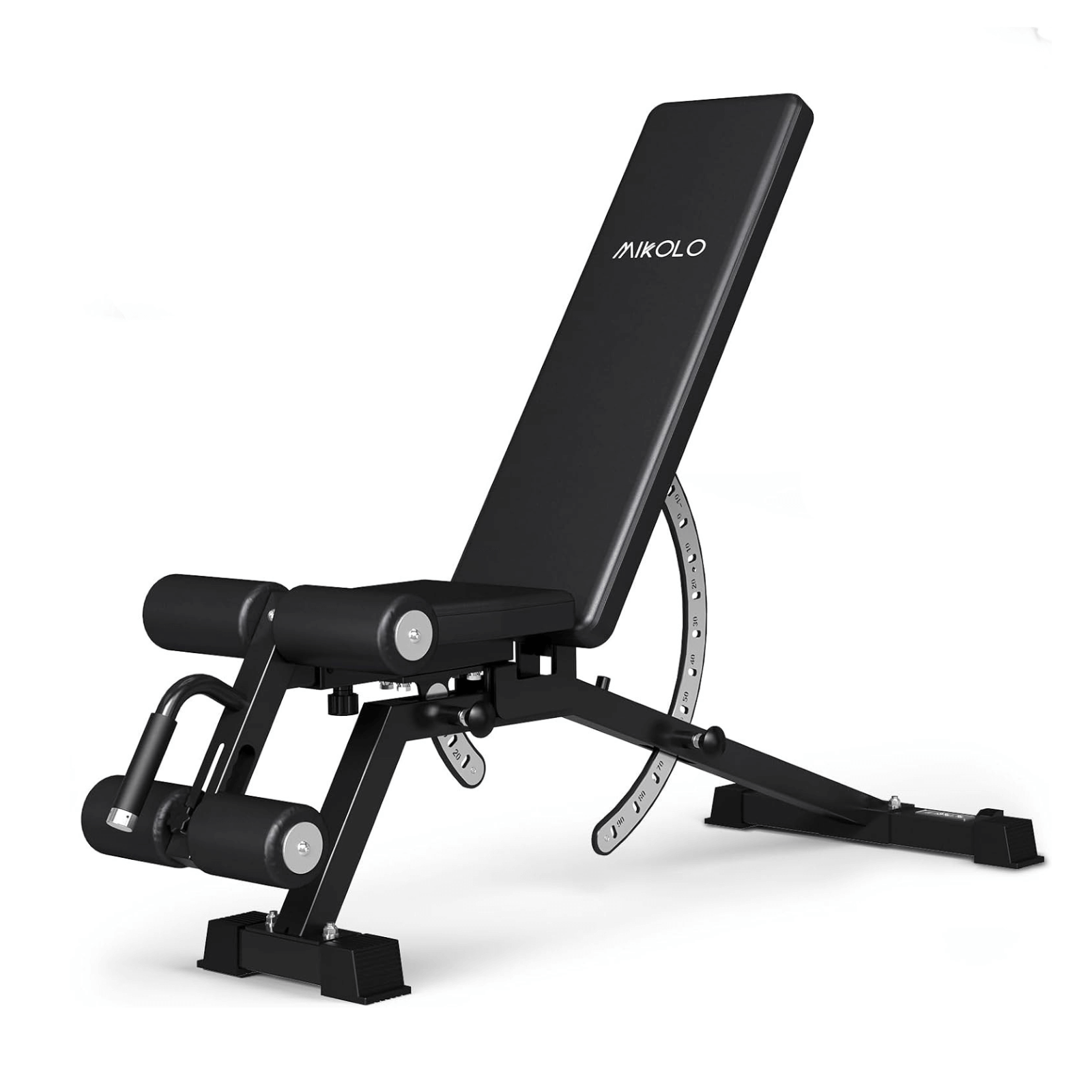


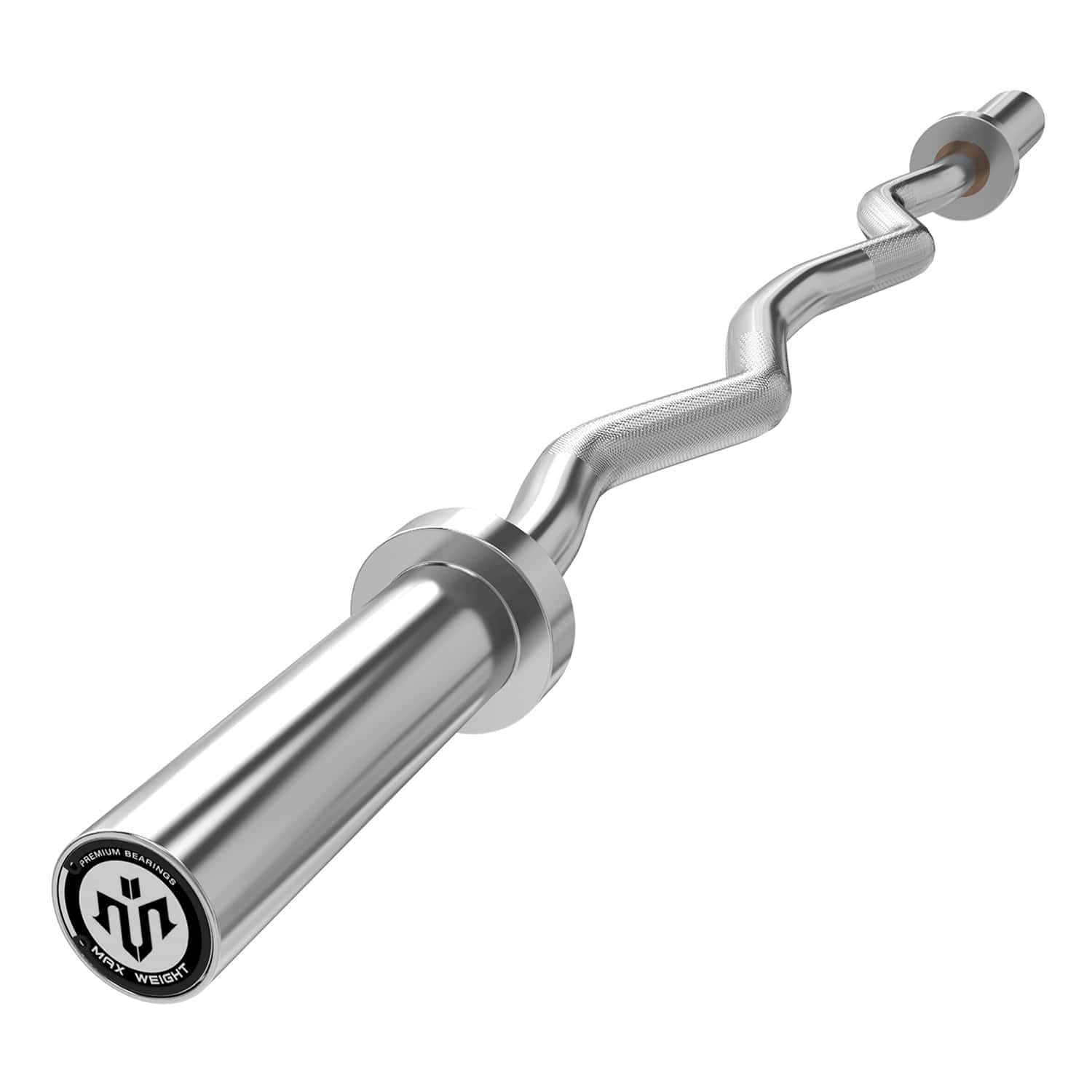
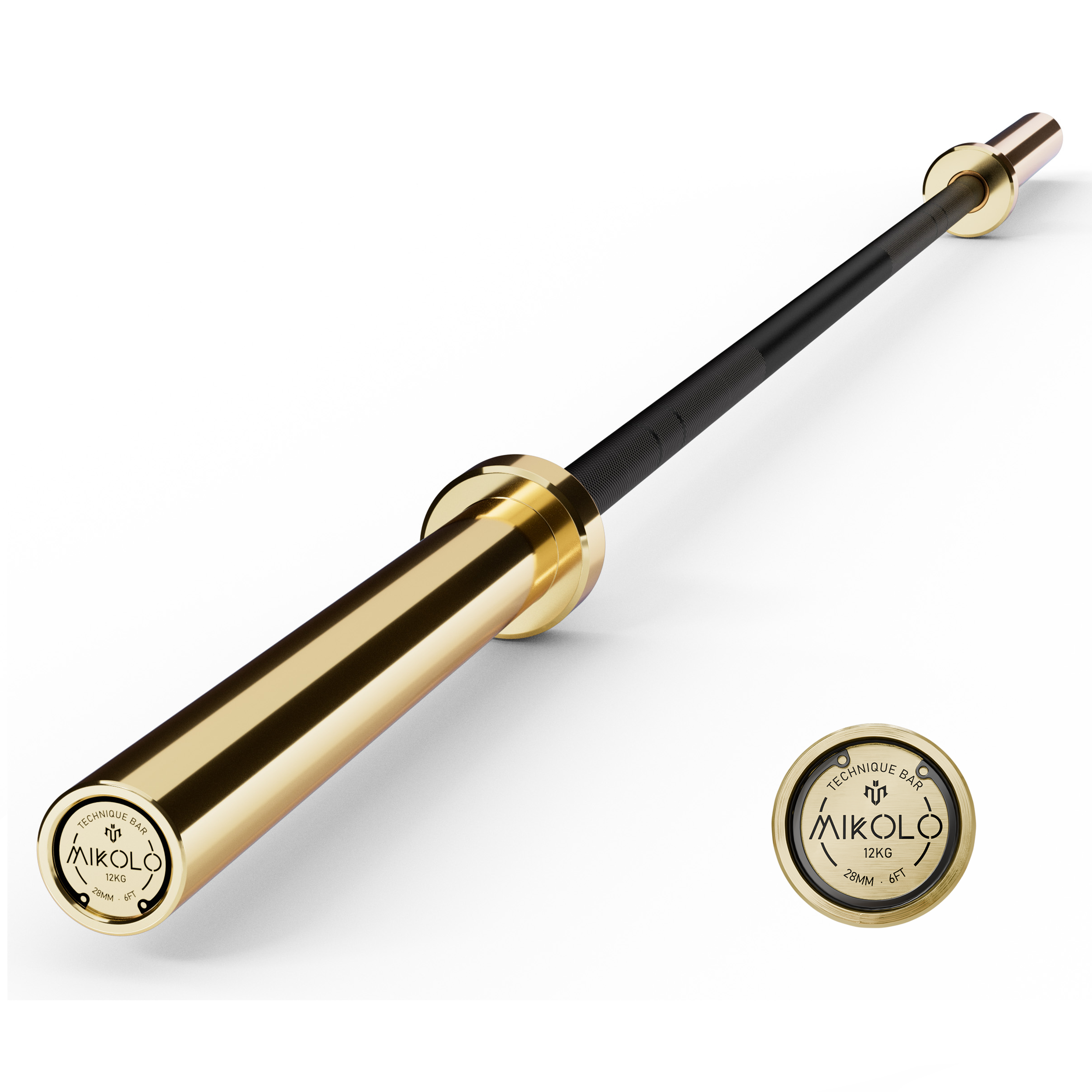


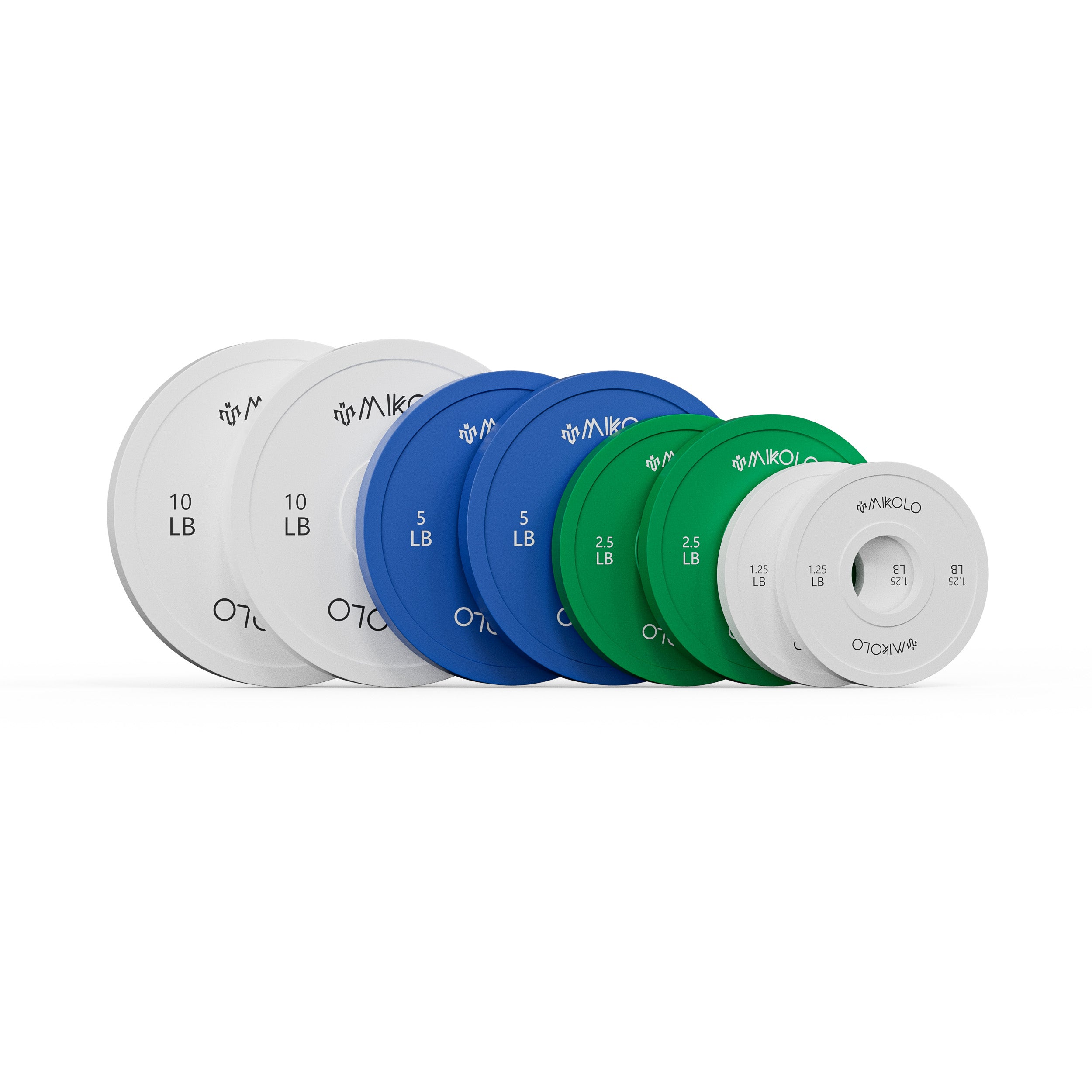
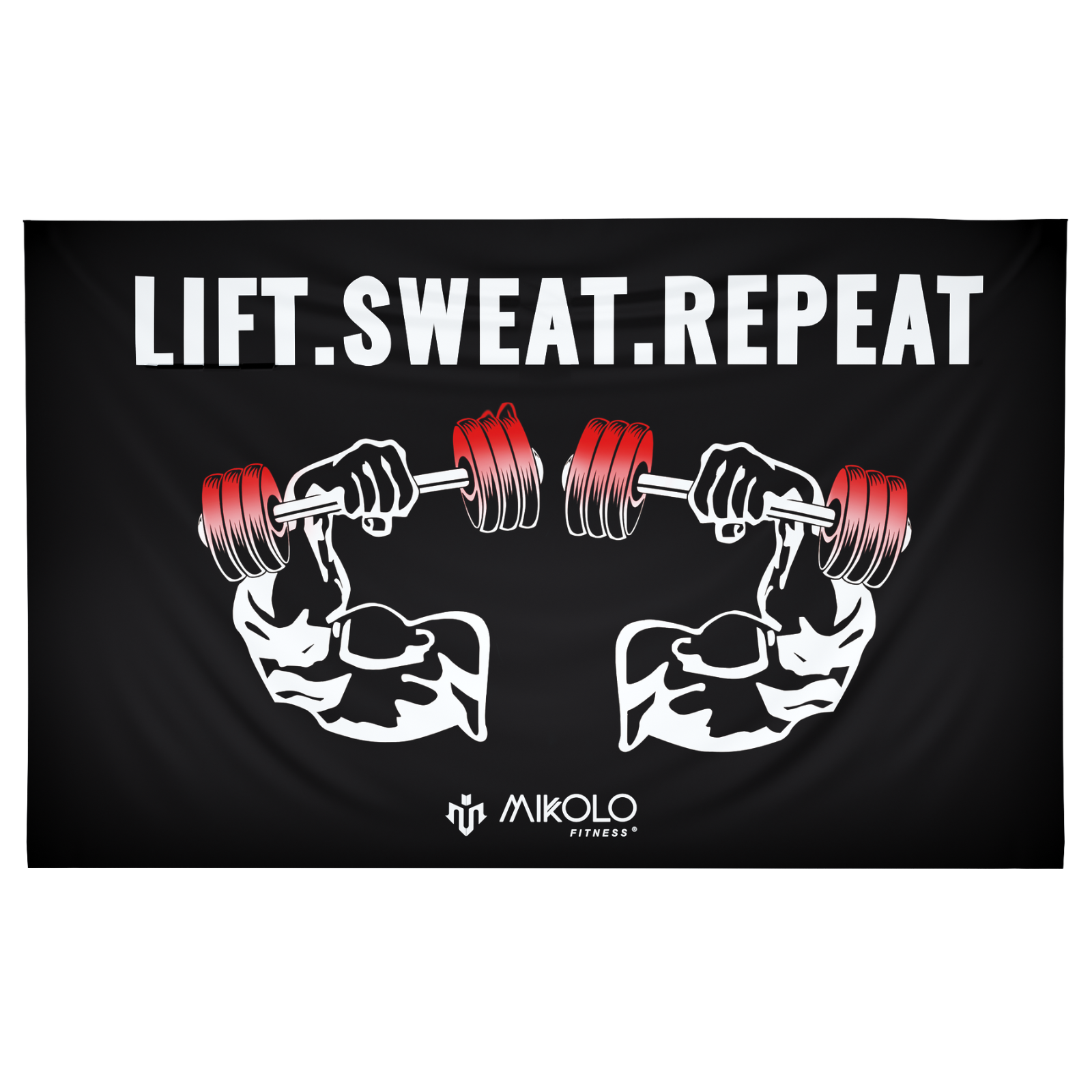


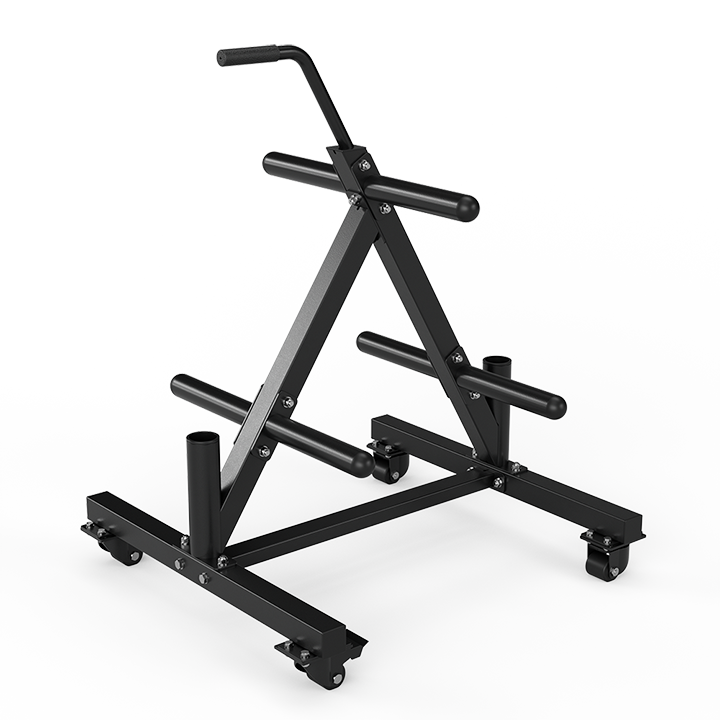
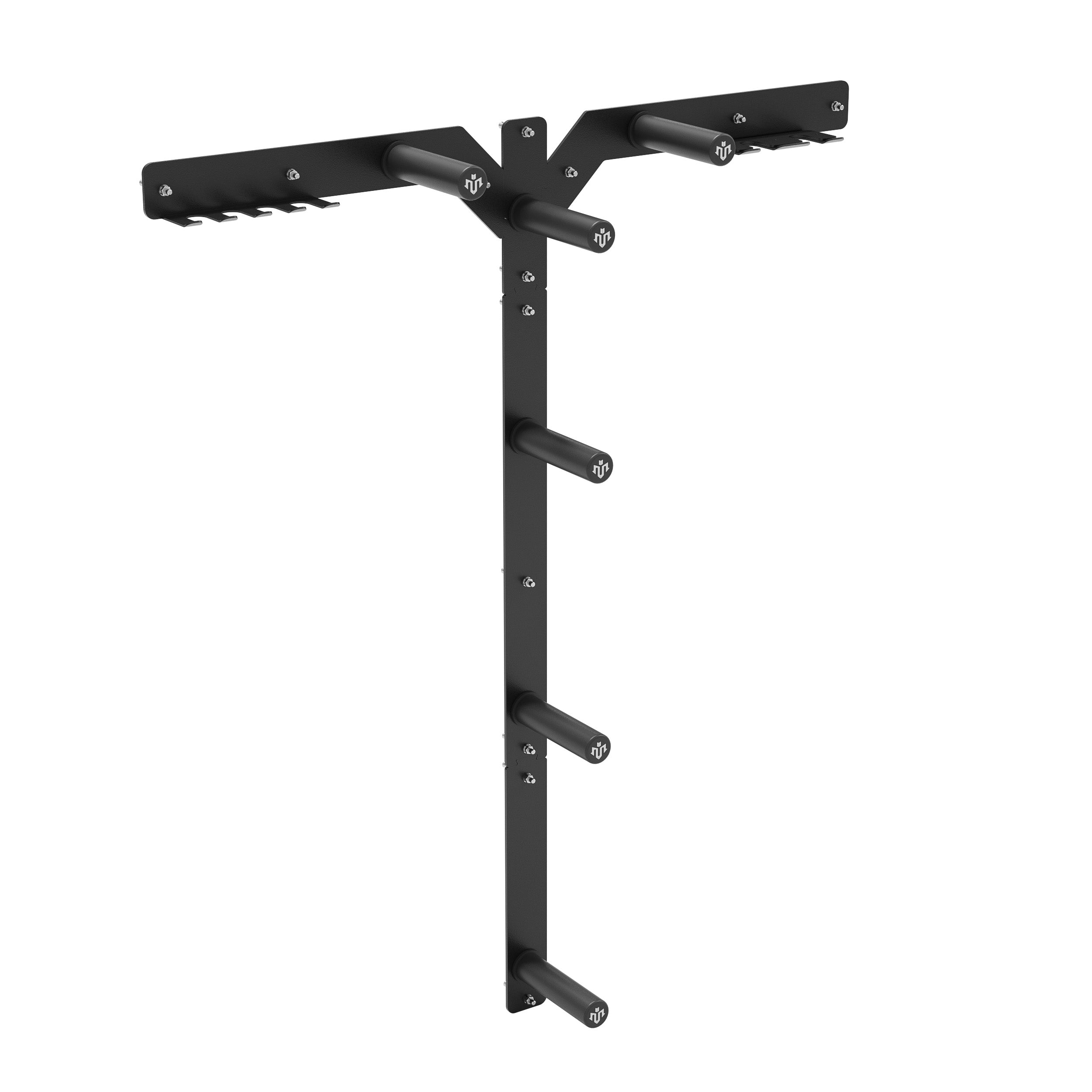
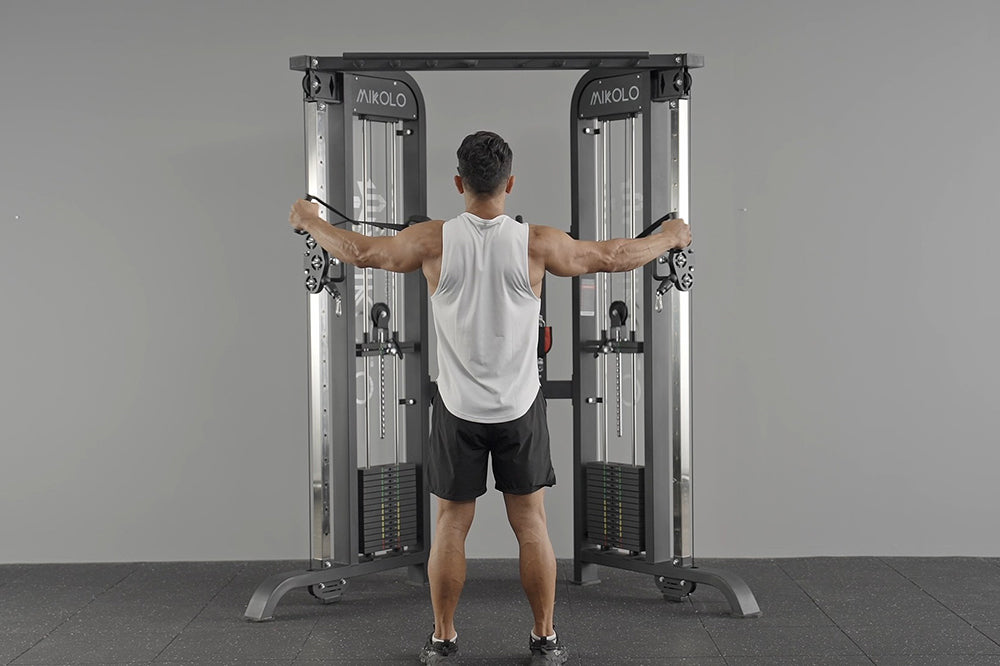




Leave a comment
This site is protected by hCaptcha and the hCaptcha Privacy Policy and Terms of Service apply.